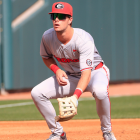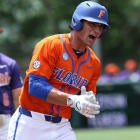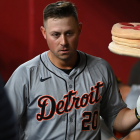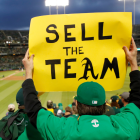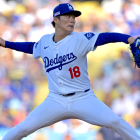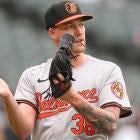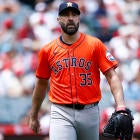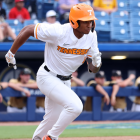Now that the non-waiver trade deadline passed Monday, it's proper time to pick at and digest what teams did and didn't do in July.
The Baltimore Orioles are one team in particular whose deadline strategy requires extra consideration. After weeks of rumors indicating the O's were entertaining offers for veterans like Zach Britton and Brad Brach, executive vice president of baseball operations Dan Duquette instead made two additions, starter Jeremy Hellickson and infielder Tim Beckham. Even so, the Orioles remain highly unlikely to make the playoffs -- Matt Snyder called Baltimore a deadline loser Monday while noting SportsLine gave the Orioles a 4.9 percent chance of making the postseason.
So, why did the Orioles take the route they did? Our attempt at an explanation -- an explanation, not a defense -- goes like this: Duquette decided upon his approach after noticing the syzygy formed by his farm system, his likely trade payouts and his future. Let's break it down.
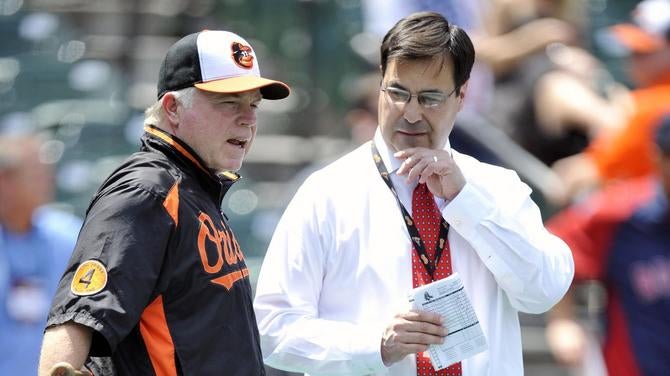
In his analysis, one of Snyder's points was that the O's should've been more aggressive if their intent was to push for the postseason. It's a fair criticism. The reality is, though, that the Orioles' war chest is empty. Baseball Prospectus ranked their system 23rd entering the season, and they're probably worse than that rank now, following the Detroit Tigers' sell-off. The O's were also harmed by the fact that their biggest need (starting pitching) wasn't widely available -- hence the Seattle Mariners and Kansas City Royals coming up largely empty in their pursuits of rotation help.
To some, the preceding paragraph doubles as the explanation for why the Orioles should've sold. Alas, there's a catch there, too.
The Orioles' best assets were the aforementioned Britton and Brach, a pair of top-end relievers with one additional season of team control remaining. For the most part, however, the relief market yielded disappointing returns. Rentals Pat Neshek and Addison Reed netted quantity-over-quality packages, and the finest long-term fix, Brad Hand, didn't inspire enough interest to merit a trade. Even teams who doubled up on quality relievers -- the Chicago White Sox, with David Robertson and Tommy Kahnle, and the Oakland Athletics, with Ryan Madson and Sean Doolittle -- combined to pull one top-50 prospect from the wool. The Orioles, then, weren't going to overhaul their farm system by trading Britton and/or Brach -- especially not with Britton's stock taking a hit due to a season riddled with injuries and uncharacteristic struggles.
Besides, Duquette knows his hand will be forced on rebuilding soon enough. Following next season, Baltimore stands to lose Manny Machado, Adam Jones, Britton and Brach to free agency -- and this winter the Orioles could lose Welington Castillo, Chris Tillman and Seth Smith. Baltimore has stretched to retain players like Chris Davis and Mark Trumbo in the past, but it's unrealistic to think it will be able to re-sign many or most of these players.
As a result, the O's effectively have two shots remaining: this year, and the first half of next year. That's where Hellickson and Beckham come in handy. Hellickson isn't great, yet he is an upgrade over what Baltimore had in its rotation. Beckham, meanwhile, can fill in at shortstop, where the Orioles have weathered poor production from J.J. Hardy and his injury stand-ins. Add in how Beckham is under control for more seasons to come, and he could be a long-term fix. Neither moves the needle much, but marginal improvements still count as improvements -- and it's not as though the Orioles paid a premium to acquire either.
Maybe this is all the wrong way of looking at things. Maybe Duquette should be taking a bigger-picture approach, weighing the next five years as heavily (if not more heavily) than the next two. But this is the path he chose. We'll see if it works. No matter what, when you break it down, the Orioles' deadline isn't as incomprehensible as it originally seemed.














